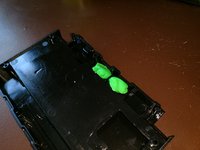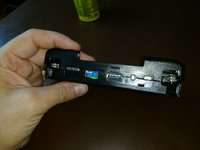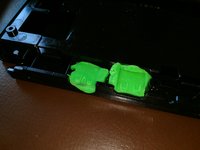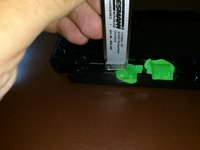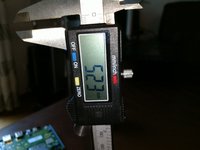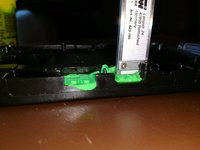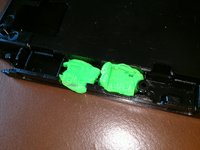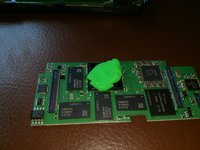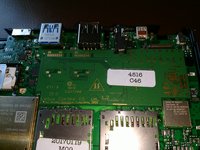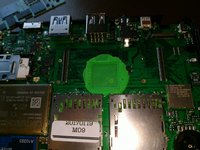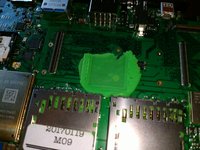ible
professional vim user
from what i can mathematically interpret from you, @levi, we have the formula:
1 + (1/2 + (1/4 + ...))
where the first 1 is the time it takes to do the first 80% of the work, and the (1/2 + ...) is the time it takes to do the last 20% of the work, which is simply equal to 1. this is just simply saying that it takes 2 times the amount of time required to do the first 80% of the work.
when was 80% of the work completed ?
?
1 + (1/2 + (1/4 + ...))
where the first 1 is the time it takes to do the first 80% of the work, and the (1/2 + ...) is the time it takes to do the last 20% of the work, which is simply equal to 1. this is just simply saying that it takes 2 times the amount of time required to do the first 80% of the work.
when was 80% of the work completed



